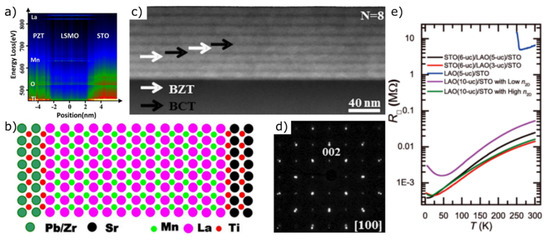

- #WHAT IS ACTIVATION KEY FOR ADF.LY BOT HOW TO#
- #WHAT IS ACTIVATION KEY FOR ADF.LY BOT PASSWORD#
Also known as the Azure AD v2 endpoint, which is an evolution of the Azure AD platform (v1.0). For more information, see the Azure Active Directory for developers (v1.0) overview. Also known as the Azure AD v1 endpoint, which allows you to build apps that securely sign in users with a Microsoft work or school account. You can use one of these two identity services: The Azure Active Directory (Azure AD) is a cloud identity service that allows you to build applications that securely sign in users using industry standard protocols like OAuth 2.0. Quickstart: Set and retrieve a secret from Azure Key Vault using the Azure portal.Assign a Key Vault access policy using the Azure portal.Use Key Vault references for App Service and Azure Functions.
#WHAT IS ACTIVATION KEY FOR ADF.LY BOT PASSWORD#
To get the bot's app password from Azure Key Vault, see: When Azure creates a single-tenant or multi-tenant bot, it stores the app password in Azure Key Vault.
Go to the Azure Bot resource page for your bot.įrom here you can copy the bot's Microsoft App ID or App Tenant ID. Select Add to use this identity for your bot. If the managed identity was auto-generated for you, it will have the same name as your bot. On the Add user assigned managed identity pane:įor User assigned managed identities, select the managed identity for your bot. On the Identity pane, select the User assigned tab and Add (+). In the navigation pane under Settings, select Identity. Go to the app service page for your bot's web app. To add the user-assigned managed identity to your bot's web app: Leave this blank for a user-assigned managed identity bot.Īvailable for bots in all programming languages: C#, JavaScript, Java, and Python. The client ID of the user-assigned managed identity. Only available for C# and JavaScript bots. Notice that this article uses Active Directory as an identity provider. This application provides the credentials needed to establish an OAuth connection between the bot and the secured resource. A separate Azure AD application that functions as the identity provider. It also allows the user to communicate with the bot via several channels such as Web Chat. This application allows the bot to access an external secured resource, such as Microsoft Graph. An Azure Active Directory (Azure AD) application to register a bot resource in Azure. To run the samples referenced in this article, you need the following: Microsoft Graph API support with OAuth 2.0  Knowledge of Azure and OAuth 2.0 development.Īuthentication in C# or JavaScript or Java or PythonĪuthentication MSGraph in C# or JavaScript or Java or Python.
Knowledge of Azure and OAuth 2.0 development.Īuthentication in C# or JavaScript or Java or PythonĪuthentication MSGraph in C# or JavaScript or Java or Python. #WHAT IS ACTIVATION KEY FOR ADF.LY BOT HOW TO#
How to implement sequential conversation flow, and how to reuse dialogs.
Knowledge of bot basics, managing state, the dialogs library, and. For more information, see Direct Line enhanced authentication. You need to use Direct Line with enhanced authentication enabled to mitigate security risks when connecting to a bot using the Web Chat control. You do not need to publish the bot to test the OAuth features however, the bot will need valid Azure app ID and password. In the Microsoft Graph example, you can send an email, display who you are, and check recent emails. Once you finish this article, you will have a bot that can respond to a few simple tasks. Register the Azure AD identity provider with the bot. In both cases, you can use Azure Active Directory (Azure AD) v1 or v2 as an identity provider to obtain an OAuth token for the bot. The other is more complex and shows how to access Microsoft Graph on behalf of the user. One shows how to obtain an authentication token. In this way, the user doesn't have to provide ID and password to the bot to access a secured resource but only to a trusted identity provider.įor an overview of how the Bot Framework handles this kind of authentication, see User authentication. Your bot uses the token generated by Azure to access those resources. 
Your bot doesn't need to manage authentication tokens because Azure does it for you using OAuth 2.0 to generate a token based on each user's credentials. The Azure Bot Service v4 SDK facilitates the development of bots that can access online resources that require user authentication.







 0 kommentar(er)
0 kommentar(er)
